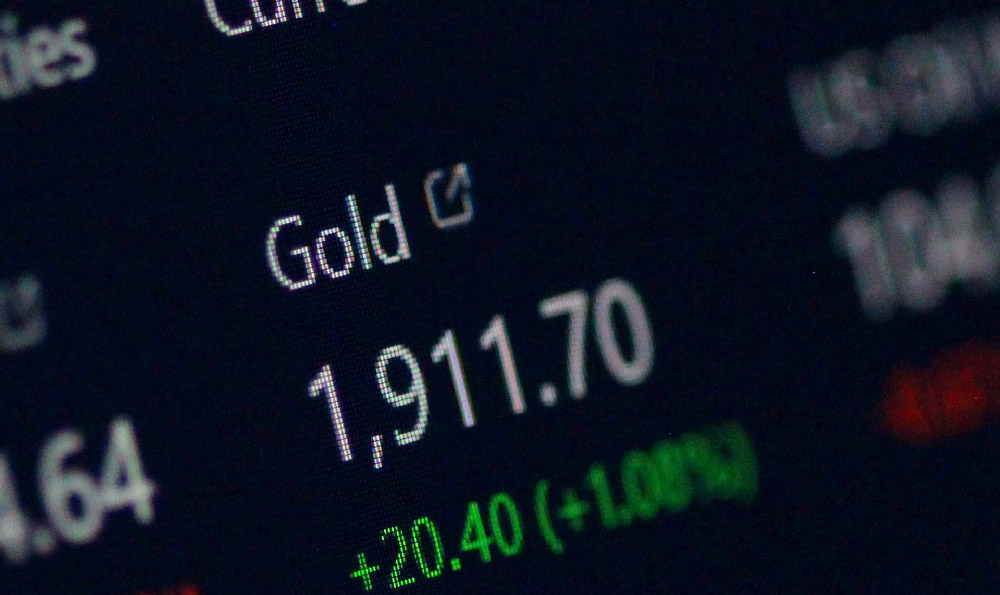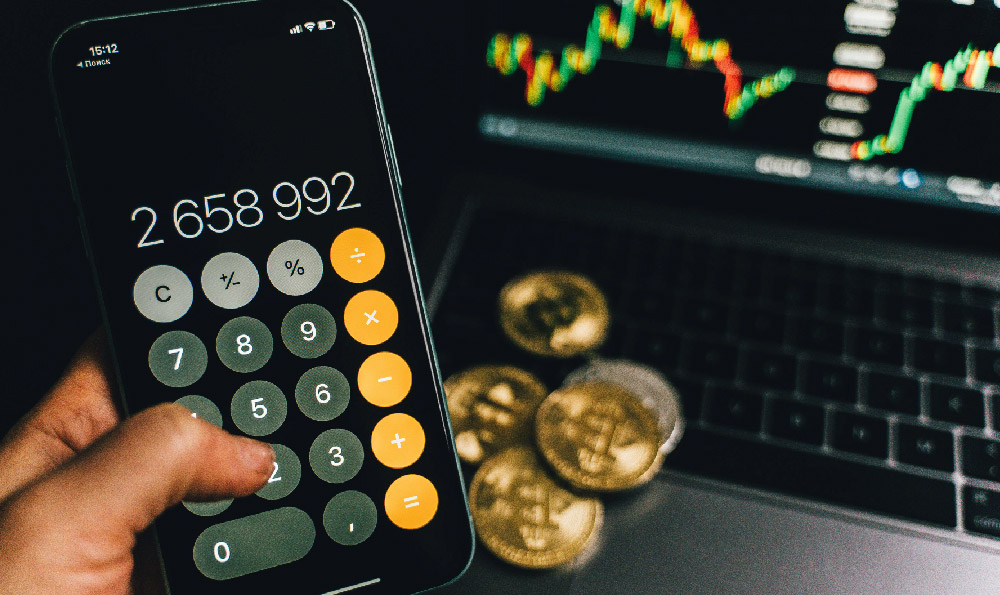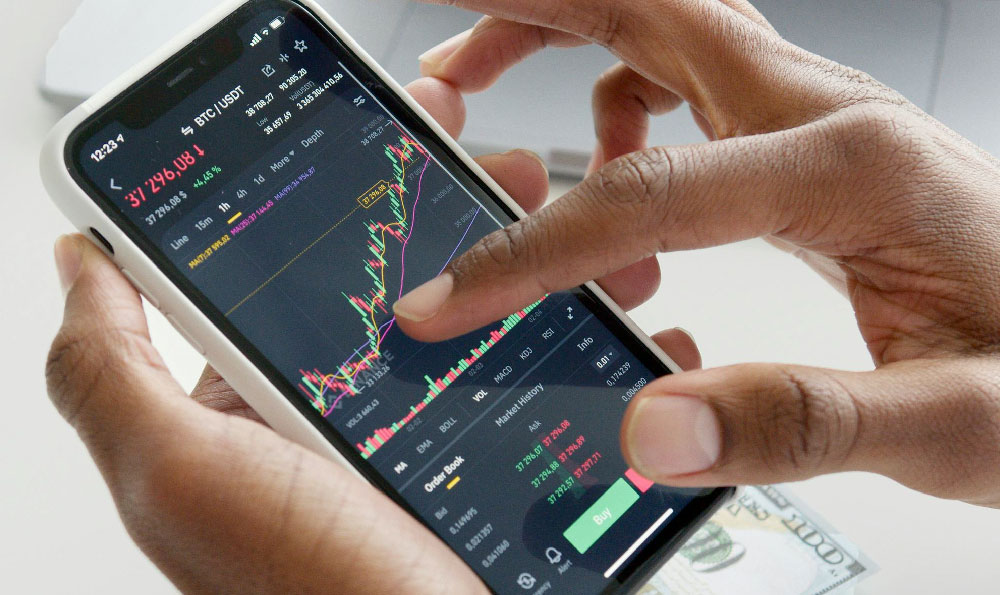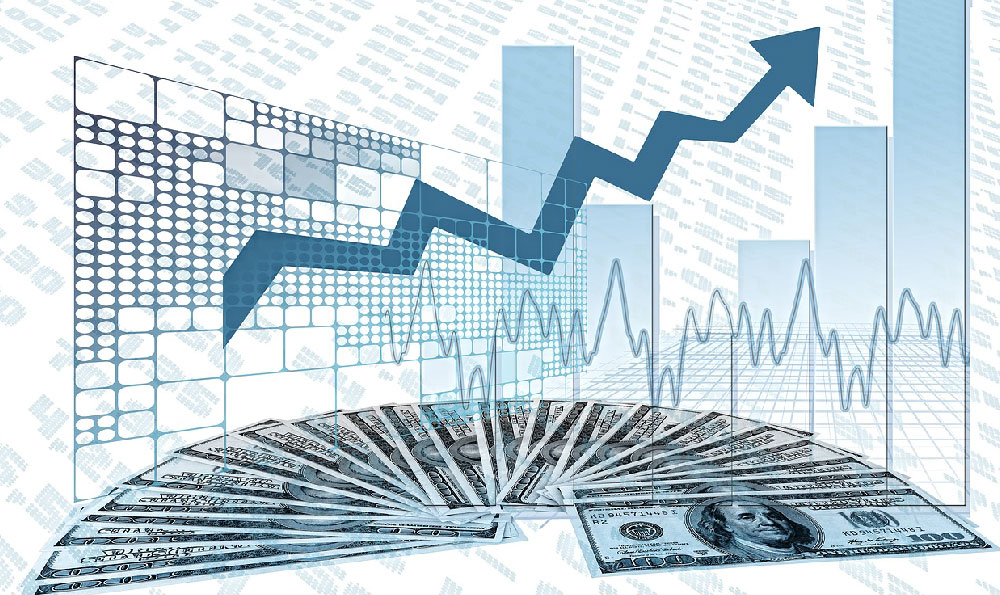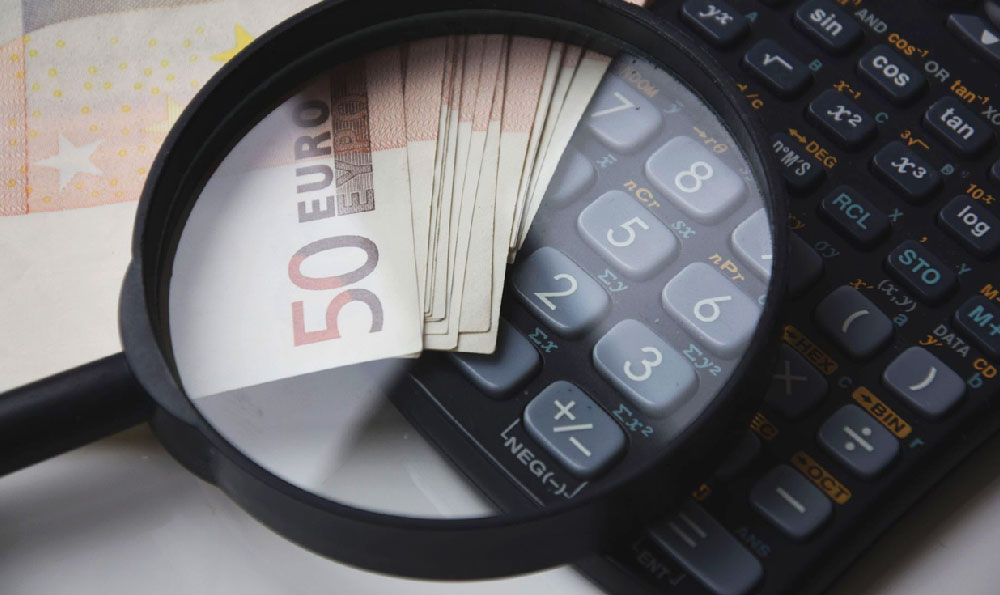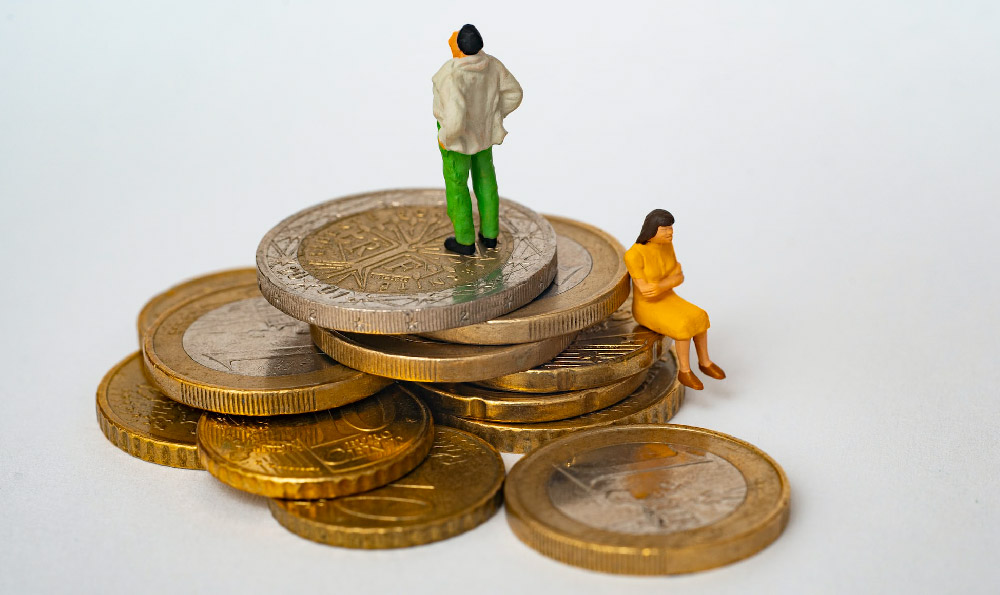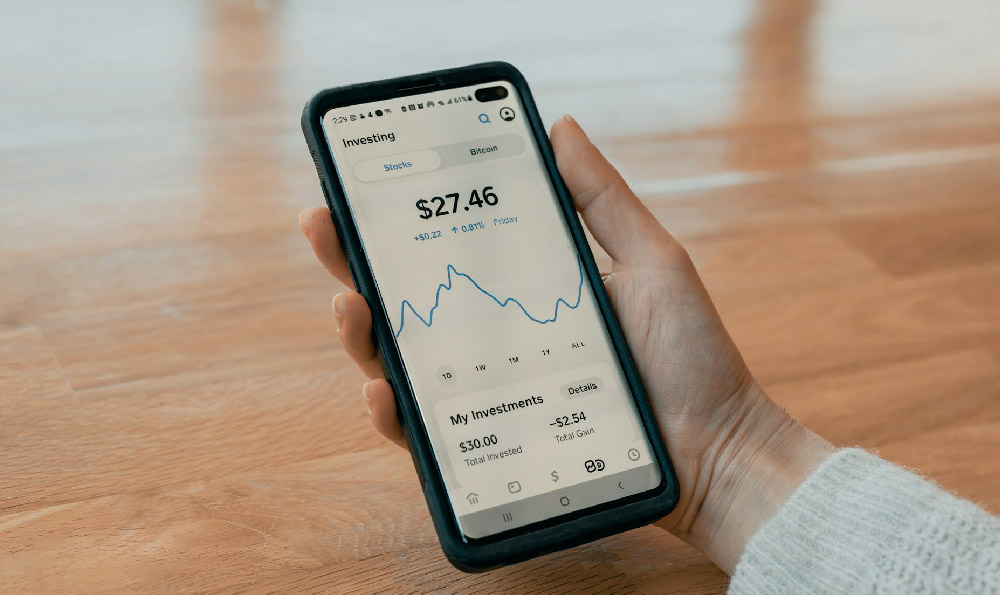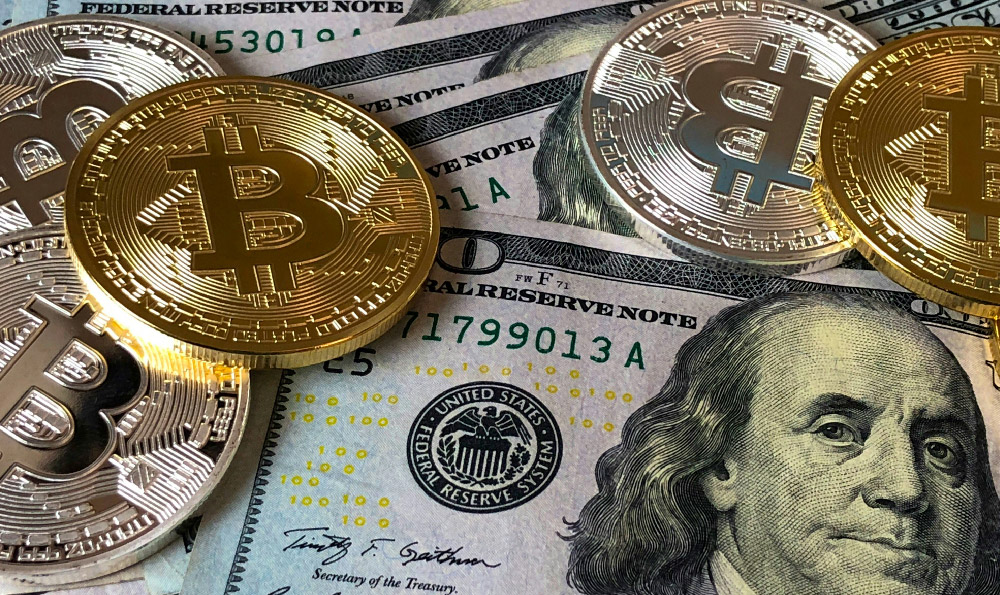Finding a convenient money order location can be a surprisingly crucial task in various financial situations. Maybe you're making a payment to someone who doesn't accept checks or credit cards, or perhaps you need a secure and traceable payment method for a larger transaction. Whatever the reason, knowing where to find a money order location near you and understanding the process involved is essential. Several readily available options cater to this need, each with its own pros and cons.
One of the most common and accessible places to purchase money orders is at your local United States Postal Service (USPS) post office. USPS money orders are widely accepted and considered very reliable. Their widespread network of post offices makes them an extremely convenient option, especially for individuals in smaller towns or rural areas where other financial services might be limited. To find the nearest post office, simply visit the USPS website or use their mobile app. You can input your address or zip code, and the system will locate the closest post offices, along with their hours of operation and contact information. The process of obtaining a money order at the post office is straightforward. You will need to provide the amount of the money order you wish to purchase, plus a small fee. Fees vary depending on the money order amount but are generally reasonable. You'll then fill out the money order with the recipient's name, your name, and your address. Remember to keep the receipt for your records.
Another popular option for obtaining money orders is through large retail chains such as Walmart, Kroger, and CVS. These stores often have dedicated money service counters where you can purchase money orders along with other financial products and services. Walmart, for example, is known for its low fees on money orders, making it an attractive option for those seeking affordability. To locate a Walmart or other retail store near you that offers money orders, use the store's online store locator. Simply enter your zip code, and the locator will identify the nearest locations, their hours, and whether they offer money order services. When purchasing a money order at a retail store, the process is similar to that at the post office. You'll need to specify the amount of the money order, pay the fee, and fill out the necessary information on the money order form. Again, always retain the receipt as proof of purchase.

Many banks and credit unions also offer money orders to their customers. While this might seem like a convenient option if you already have an account with a financial institution, it's important to note that some banks only offer money orders to account holders, and fees might be slightly higher compared to post offices or retail stores. To find out if your bank offers money orders, you can visit their website, call their customer service line, or visit a local branch. If you're not already a customer, it's worth inquiring about their requirements for obtaining a money order. The benefit of using a bank is the added security and familiarity, as you're dealing with a trusted financial institution.
In recent years, some online financial service providers have begun offering money order services, although these are typically linked to other financial products like prepaid debit cards. While the convenience of obtaining a money order online might be appealing, it's crucial to thoroughly research the provider and ensure their legitimacy before using their services. Look for established companies with positive reviews and transparent fee structures. Be wary of any online service that requires you to provide sensitive personal information upfront or charges exorbitant fees.
Before heading out to purchase a money order, there are a few important factors to consider. First, determine the exact amount you need for the money order. It's always a good idea to have the exact amount in cash or a debit card available to pay for the money order and the associated fee. Most locations do not accept credit cards for money order purchases. Second, make sure you have the correct name and address of the recipient. Double-checking this information before you leave will prevent any potential issues with the money order being cashed. Third, consider the hours of operation of the location you plan to visit. Post offices and retail stores may have different hours on weekends and holidays, so it's best to check beforehand to avoid a wasted trip.
Once you've purchased your money order, it's crucial to store it in a safe place until you're ready to send it. Treat it like cash, as it can be easily cashed by anyone who possesses it. When you're ready to send the money order, consider using certified mail or another trackable method to ensure that it reaches the recipient safely and securely. Keep a record of the tracking number so you can monitor the delivery progress.
Finally, always remember to be cautious of potential scams involving money orders. Never send a money order to someone you don't know or trust, and be wary of any requests for money orders that seem suspicious. If you receive a money order for more than the amount you're expecting, don't cash it. This could be part of a scam, and you could be held liable for the full amount. If you suspect you've been targeted by a money order scam, report it to the Federal Trade Commission (FTC) and your local law enforcement agency.
In conclusion, finding a money order location near you is relatively easy thanks to the widespread availability of post offices, retail stores, banks, and online services. However, it's essential to choose a reputable provider, understand the fees involved, and take precautions to protect yourself from scams. By following these tips, you can safely and securely obtain a money order for your financial needs. Always prioritize security and due diligence to ensure a smooth and successful transaction.


